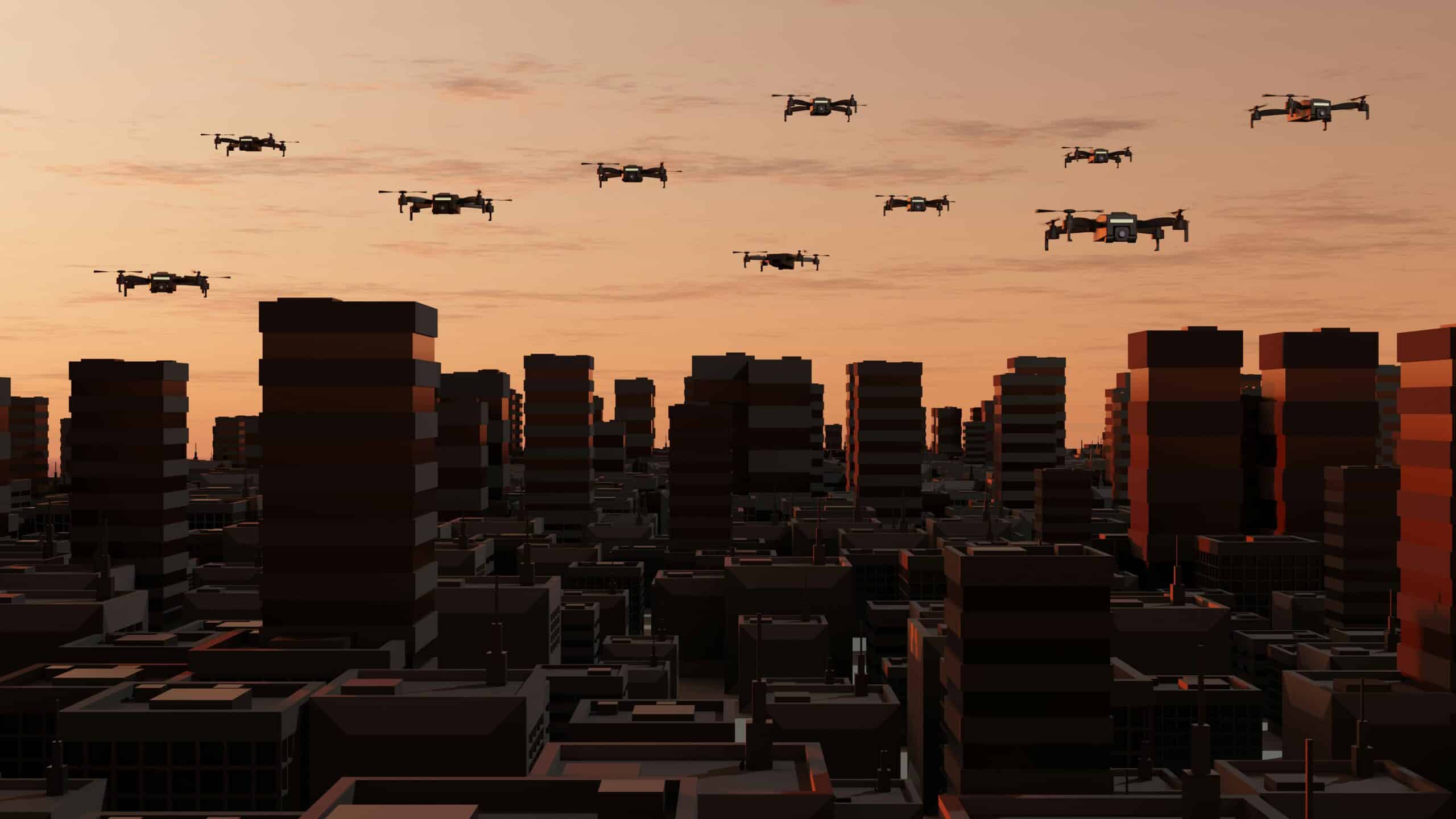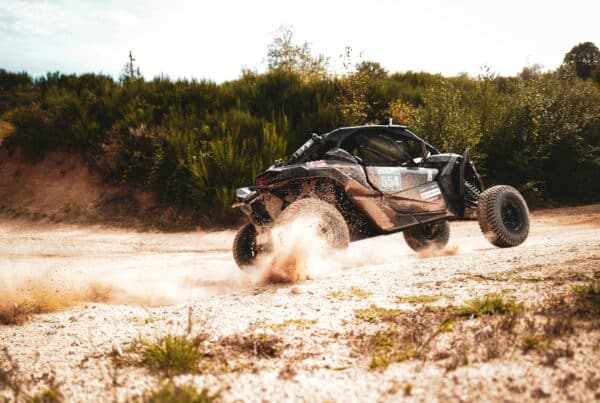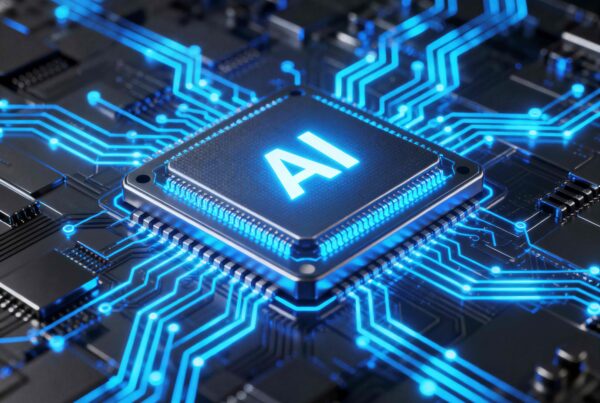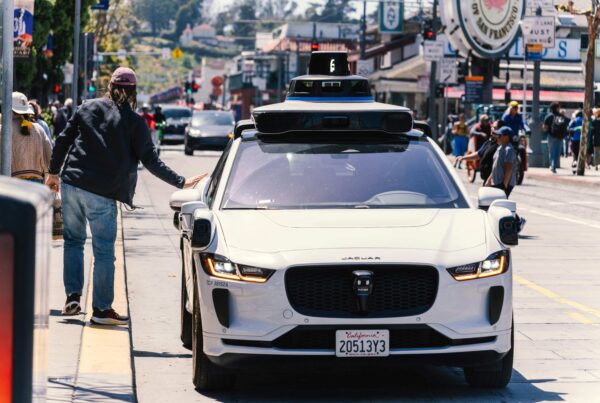The Rise of Autonomous Systems in Defense
Warfare is evolving fast, with autonomous systems at the centre of change. From drones to robotic mobility on land and sea, these technologies are reshaping defense strategies worldwide.
Changing the Battlefield
Autonomous systems are already in action. In Ukraine, unmanned ground vehicles move heavy payloads, while drones provide real-time intelligence. Their advantages are clear:
- Protecting Soldiers: Robots handle dangerous tasks like mine-clearing or reconnaissance.
- Faster Decisions: AI systems process data quickly, giving commanders an edge.
- Greater Reach: Drones and naval systems operate in remote, risky environments for longer periods.
Market Momentum
The defense robotics market is set to grow from $20 billion in 2024 to nearly $38 billion by 2030. UAVs dominate, holding over a third of the market. North America leads today, but Asia – especially China – is the fastest-growing region.
Challenges Ahead
With opportunity comes risk:
- Lethal Autonomy: Should machines make life-or-death calls?
- Accountability: Who’s to blame if they fail?
- Cyber Threats: Robots can be hacked or jammed.
- Arms Race Risks: Widespread adoption may fuel instability.
- Global bodies like the UN are debating regulation, but progress lags behind deployment.
What’s Next
Expect rapid growth in:
- Drone Swarms: Dozens of systems working together.
- Human-Robot Teams: Soldiers and machines combining strengths.
- AI Strategy Tools: Supporting not just tactics, but big-picture planning.
Autonomous systems are no longer futuristic – they’re here. The challenge is using them wisely, balancing innovation with responsibility.
Ready to explore how your defense teams can secure the right talent to lead in autonomous systems? Let’s connect – ben@akkar.com







